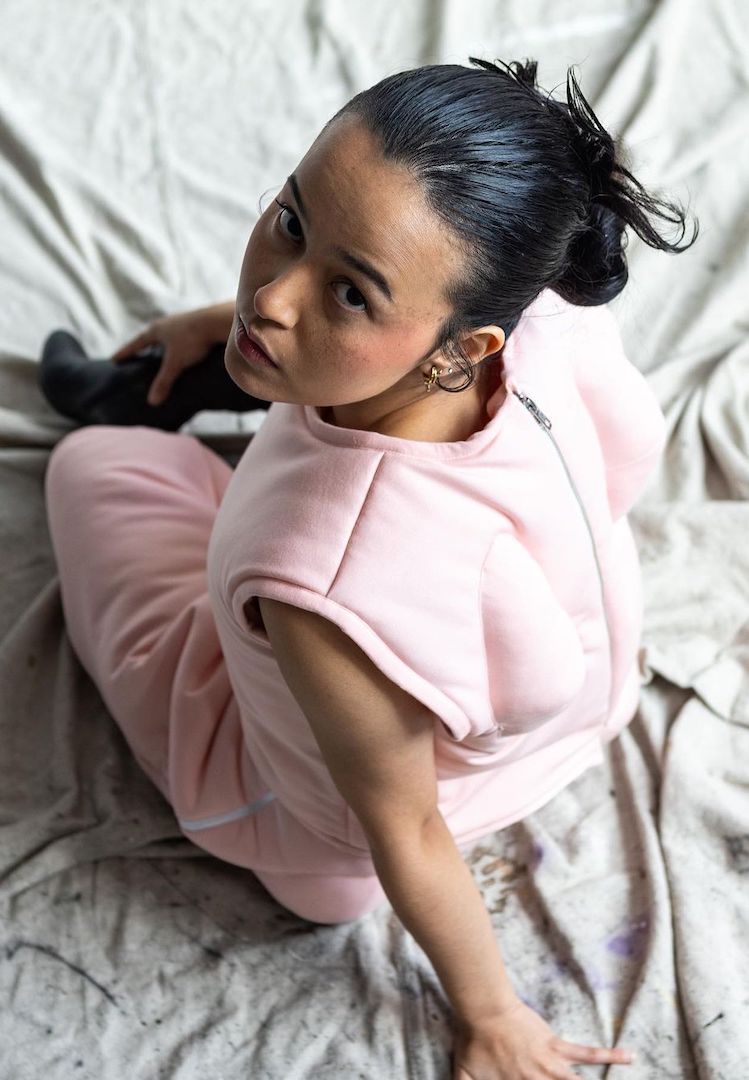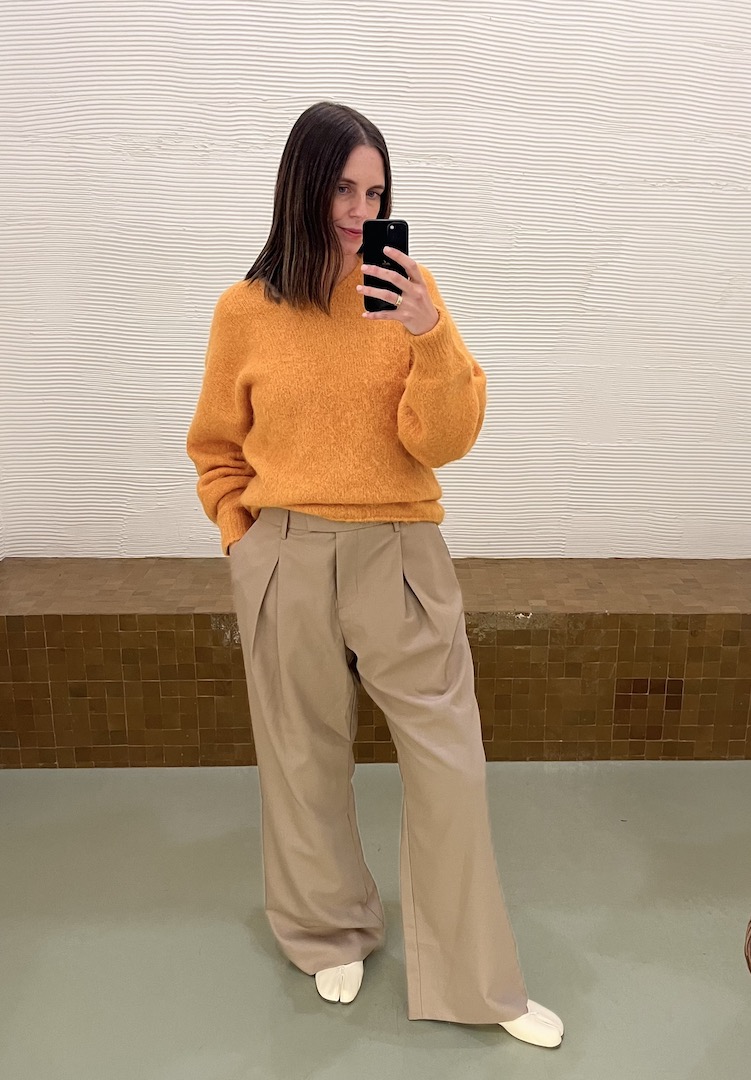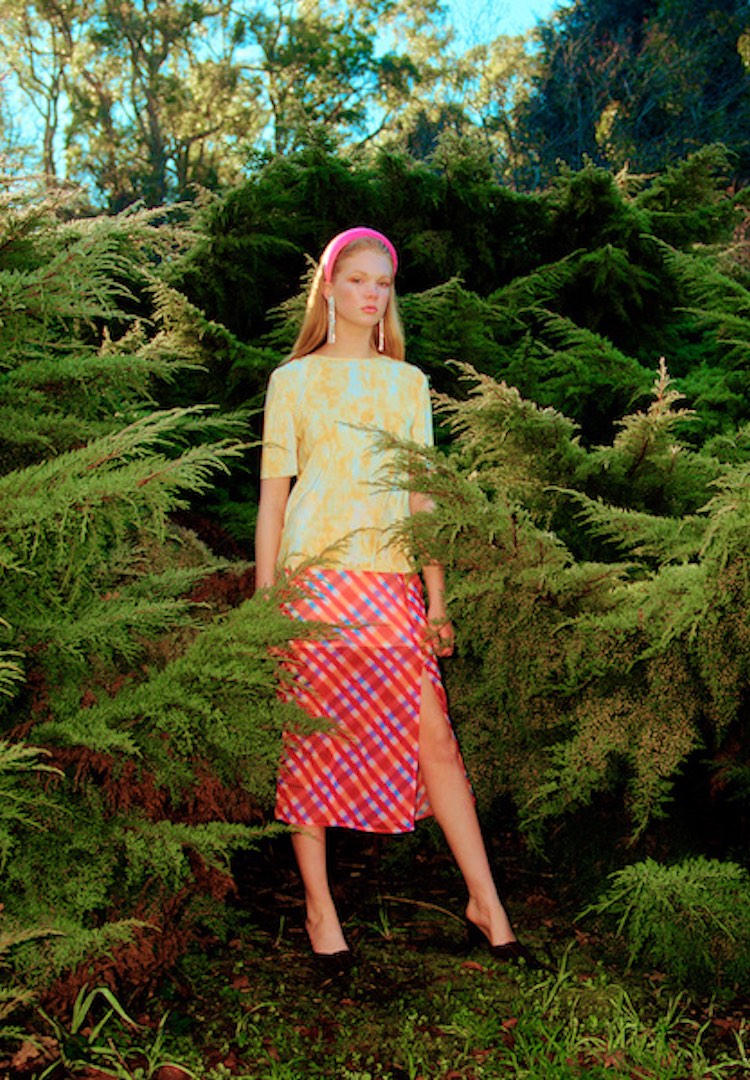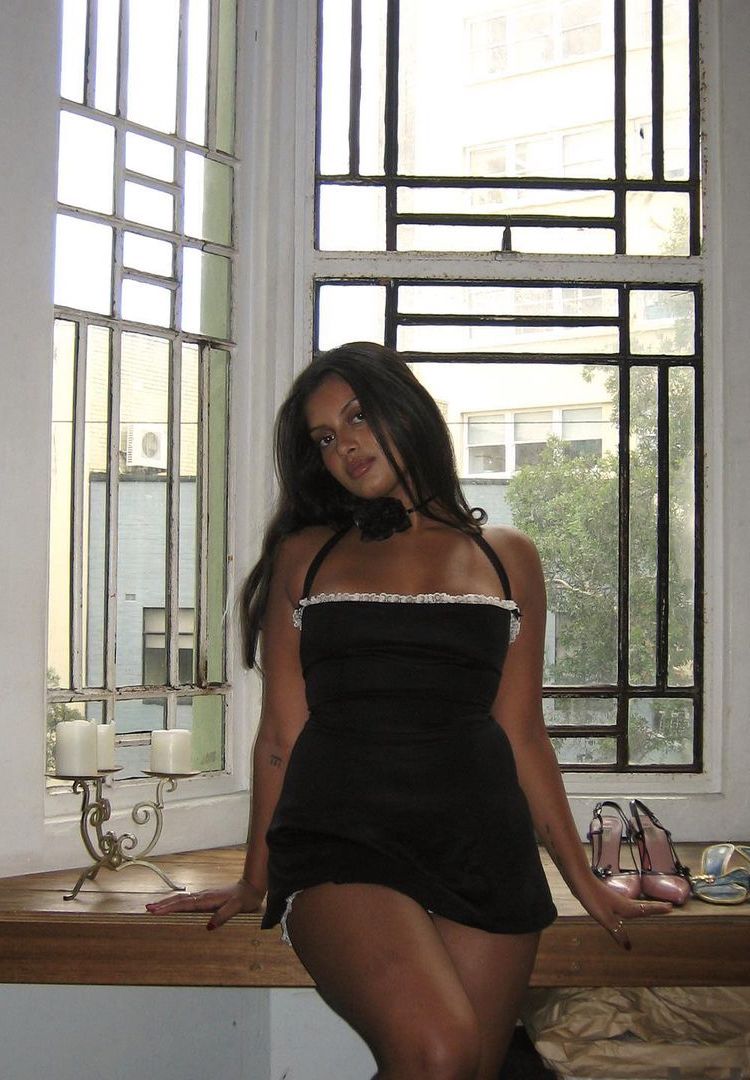Three ideas to upcycle your wardrobe if you don’t know how to sew
WORDS BY IZZY WIGHT AND SARAH CONNERS
Mend, cut, patch and colour yourself a new wardrobe.
At its core, a sustainable wardrobe is really about maximising the clothing you already own. It’s about trying to contribute to landfill – and subsequently, the industry’s colossal waste issue – as little as possible, choosing instead to wear and re-wear high-quality items that were made to last. And when those pieces fray, break or just get a little tired, a sustainable wardrobe is about mending, reimagining and upcycling.
For more fashion news, shoots, articles and features, head to our Fashion section.
This Melbourne Fashion Week (M/FW), upcycling was the focus of The Creative Exchange Fashion Capsule, a showcase presented by Creative Victoria and put together by a group of creative Collarts students. Utilising volunteer T-shirts from last year’s M/FW, this capsule was produced to highlight the importance of sustainability and repurposing in our wardrobes. The collection has also been elevated digitally for an immersive, visual experience.
View this post on Instagram
But for those of us who don’t possess the sewing skills of a fashion student (or if you’re like me, any sewing skills at all), the concept of upcycling can feel a little intimidating. A Google search for ‘upcycled clothing’ presents a plethora of sewing-heavy ideas, a lot of which read like expert-level DIY projects. Is there upcycling hope for the craftily challenged?
According to Sarah Conners, the Fashion and Sustainability Program Leader at Collarts, there’s absolutely hope “even if you’ve got no sewing experience and no access to a sewing machine”. As Sarah says, “There are heaps of ways to upcycle existing wardrobe pieces that almost anyone can do from home… at Collarts, we love ‘collaborative consumption’ instead of just consumption. Looking at your wardrobe with fresh eyes is a great place to start.”
View this post on Instagram
“As a society, we are so guilty of discarding perfectly good clothing because of a stain or tear or lack of wear, but once you can recognise and reclaim the materials already living in your wardrobe, you can rekindle a love for what you already own – and fulfil that new shopping feeling,” Sarah tells me.
“For an easy and fun, way to get more out of your wardrobe, all you need is a wardrobe full of clothes (I think we all have a bit of that) and some willing friends. Get together and set a few challenges – for example, you must swap two items, let a friend choose your next outfit, or style one item five different ways.” Below, Sarah shares three more examples of ways to upcycle your wardrobe, sewing-free.
Mend
Sometimes leaning into the ‘flaw’ can make all the difference in looking purposeful. [Something] like mending a hole with a contrasting pattern or thread, or replacing buttons with an eclectic mix of secondhand finds. That emergency sewing kit in your kitchen draw can go far… but for a quick win, iron-on patches or broaches are a super easy solution.
Cut
Absolutely no sewing skills are needed for this tip either. Scissors are an upcycler’s best friend. An easy place to start is by turning a shirt into a crop, a midi into a mini, a long-sleeve into a sleeveless top for summer, or the old jeans-to-shorts trick. Find another garment to model off and use it to trace where you’ll cut for the right sizing.
To turn a simple T-shirt into something special, slash it and plait it, and don’t worry about hemming – embrace the fraying and make it a feature. Our students used this technique when they were upcycling M/FW T-shirts this year to make very luxe tops.
Colour
Sometimes it’s those classic wardrobe pieces that start to feel a bit tired and boring. One of my favourite ways to give wardrobe staples a new life is to add colour. If you want a subtle colour change, head to the kitchen – onions, avocados, spinach and beetroot all make fantastic colours. All you need to do is put your veggie scraps in a saucepan with water and simmer them for about an hour. Once you’ve strained your veggies, you have a beautiful natural fabric dye.
Fabric paints, spray paints and markers are great too. Our clothes say a lot about us and this is a way to really make a statement. For this one, get loud, get political and wear your heart on your sleeve.
If all hope is lost, fabric scraps are surprisingly handy. I keep my scraps for cleaning cloths, cushion stuffing and gift wrapping. The goal is to get as much use out of your stuff as possible – and that doesn’t have to mean wearing things you no longer love.
For more on making the most of your wardrobe, head here.










